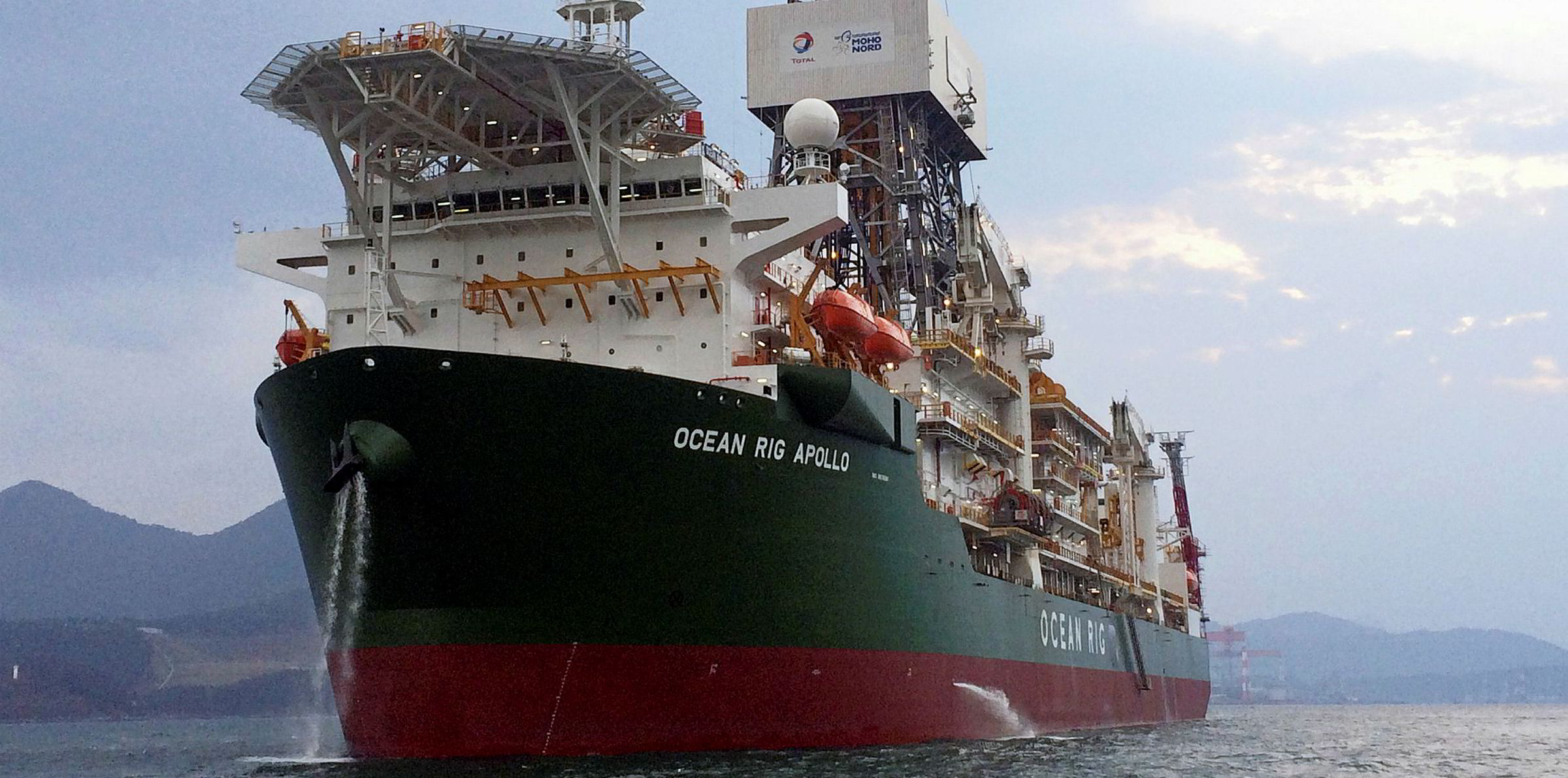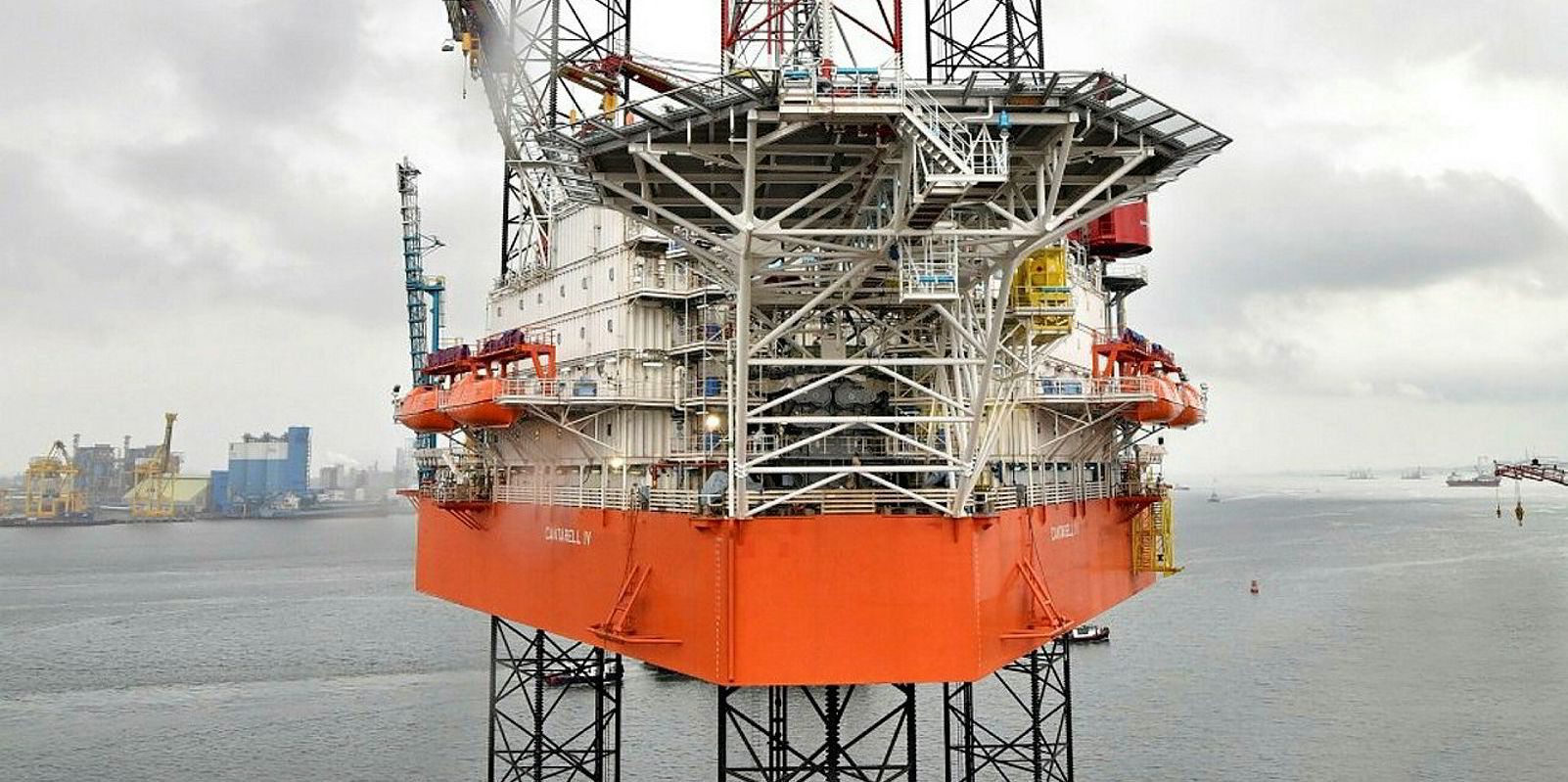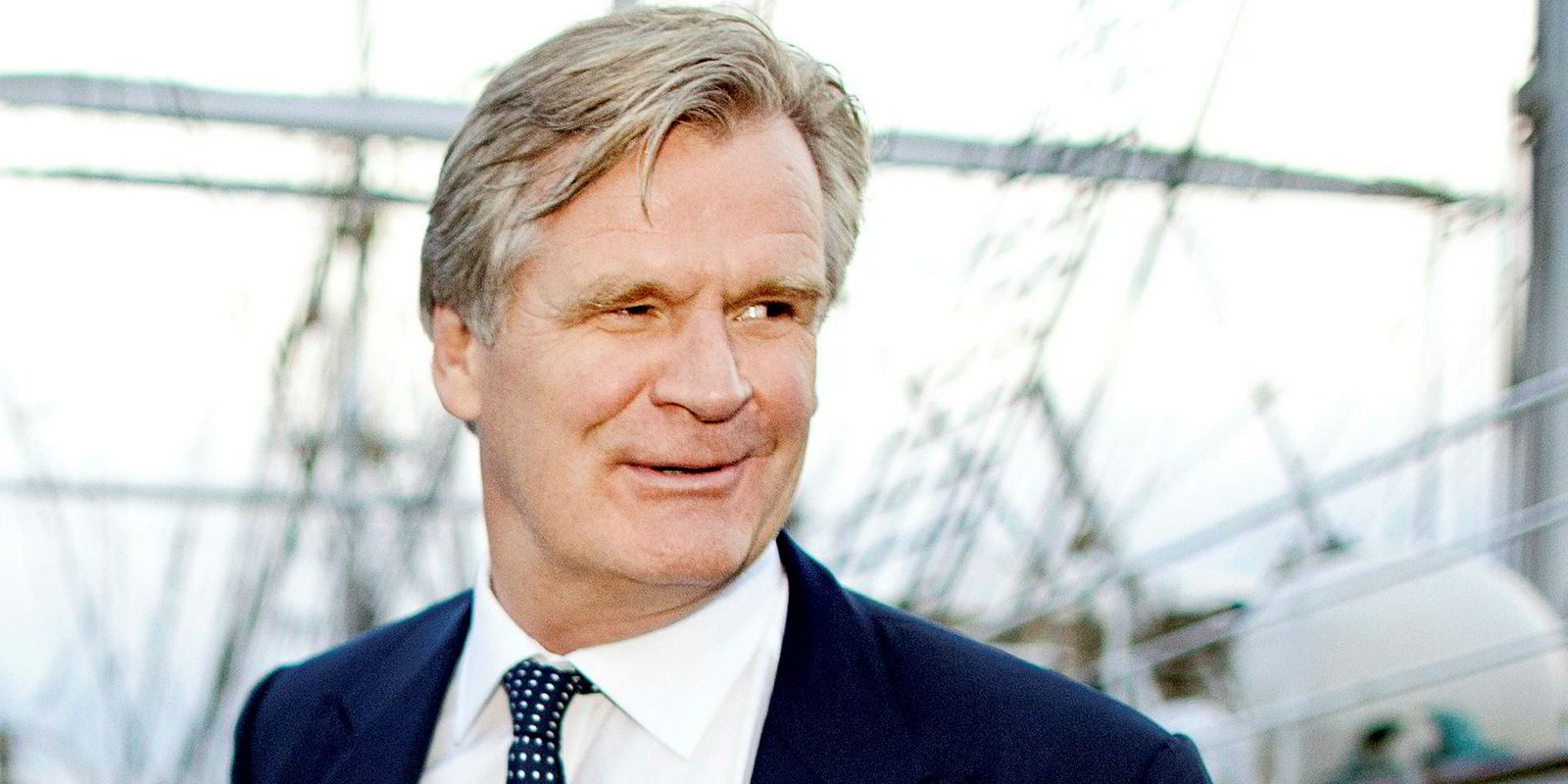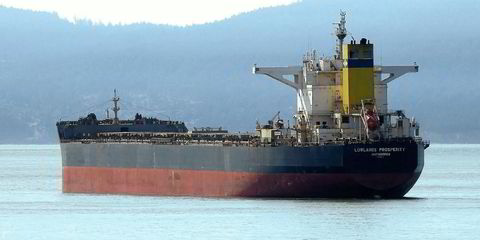Barclays says it may be time for investors to dip their “toes back in the water” when it comes to the offshore services sector.
“It’s been a while since we’ve recommended owning the offshore oilfield service names, but after almost five years of a downturn, a transformed offshore industry is starting to emerge and along with it, a number of opportunities,” it said in a not to investors.
Barclays said it expects 2019 to be a transition year with 2020 setting up to be the start of a “multi-year growth trajectory”.
However, it said this offshore cycle will look “very different” from the last and that there is still “plenty to worry about”.
Barclays says the drilling sector is still “plagued by oversupply”, but it believes quality of fleet will be the defining characteristic for the sector as those higher spec rigs will not only be the first to go back to work, but be able to command premium day rates going forward.
“Arguable, no other segment has been more depressed/challenged since the downturn than the offshore drilling market where both utilization and pricing has declined significantly,” the bank said.
Barclays says the floating rig count is down 55% from peak-2014 levels – from 260 down to 116 at year-end – and leading-edge floater day rates have collapsed by more than 75% from $600,000 p/d levels seen in 2013-2014 to current spot rates of $140,000-$150,000 p/d.
“While rig supply is still severe and pricing power not likely to be seen until at least 2020 even if activity picks up this year, we do see pockets of distinction within offshore drilling and believe the highest-quality/highest-spec rigs will be the first to be contracted and command premium day rates,” it said.
For the first time in years the bank says it is leaning more toward the bull case and along with it has upgraded two of the rig operators – Transocean and Diamond Offshore – to ‘overweight’.
“Since the downturn, no offshore driller has undergone as dramatic a transformation as Transocean,” said Barclays.
“The company has retired more rigs than any other drilling contractor (45 floaters), sold its entire jack-up fleet to Borr Drilling, acquired Songa Offshore and its four premium harsh-environment semis on long-term contracts with Equinor and, most recently, purchased Ocean Rig and its eight high-quality and mostly uncontracted drillships to take advantage of the eventual offshore recovery.”






